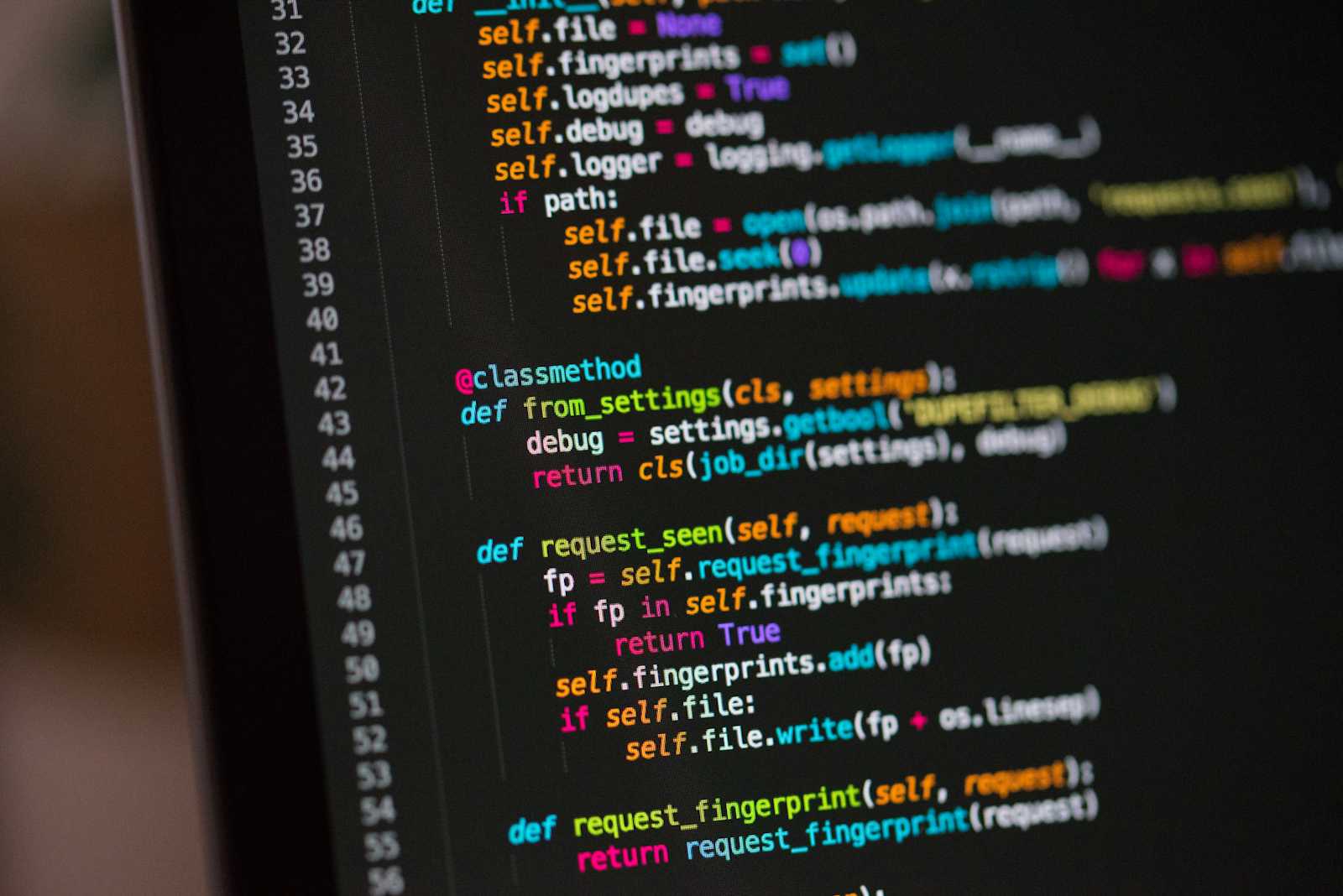Creating a Simple Spoiler Reveal Effect with CSS Hover
 Oseluonamen Irabor
Oseluonamen Irabor
Journal Entry 1 /April 2 2025.
Introduction
Today, I tried a new CSS syntax—background: initial; color: initial;—to create a hover effect that reveals spoilers hidden inside a paragraph. This small experiment helped me understand how CSS resets styles to their default values.
Understanding the Code
The HTML Structure
The HTML consists of several <div> elements containing <p> paragraphs. Inside each paragraph, there's a <span> with the class .spoiler-line, which holds the actual spoiler text.
htmlCopyEdit<p class="planets">In the 1968 film *Planet of the Apes*, they find
<span class="spoiler-line">the ruins of the Statue of Liberty. The Planet of the Apes is Earth!</span>
</p>
Each <span> inside the <p> is styled to be hidden by default, appearing only when the user hovers over it.
The CSS Styling
Basic Styling
I set a black background for the .spoiler-line spans so that the text remains hidden. This makes it blend into the background, effectively "hiding" the spoiler.
cssCopyEdit.spoiler-line {
background-color: black;
}
The Hover Effect (New Syntax!)
When the user hovers over the spoiler text, I used this CSS rule:
cssCopyEdit.spoiler-line:hover {
background: initial;
color: initial;
}
What Does This Do?
background: initial;→ Resets the background to its default value (which is usually transparent).color: initial;→ Resets the text color to its default value (which is usually black).
Result
Before hover:
![Black text hidden]
On hover:
The background disappears, and the text returns to its normal color, revealing the spoiler! 🎉
What I Learned
The
initialvalue resets CSS properties to their default state.:hovercan be used to create interactive effects without JavaScript.Small experiments like this help me understand CSS better!
Subscribe to my newsletter
Read articles from Oseluonamen Irabor directly inside your inbox. Subscribe to the newsletter, and don't miss out.
Written by

Oseluonamen Irabor
Oseluonamen Irabor
code bad. but i'm badder!